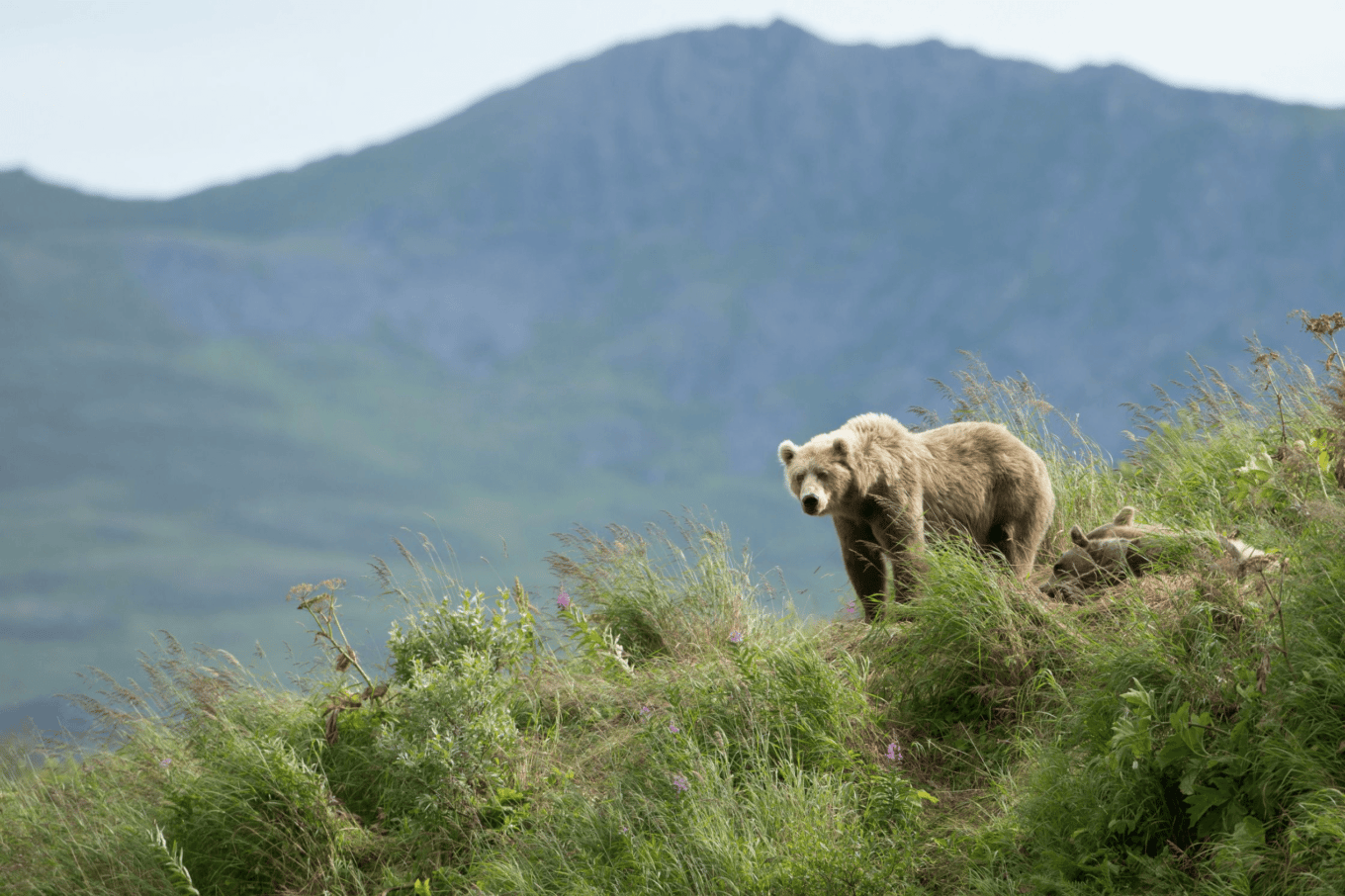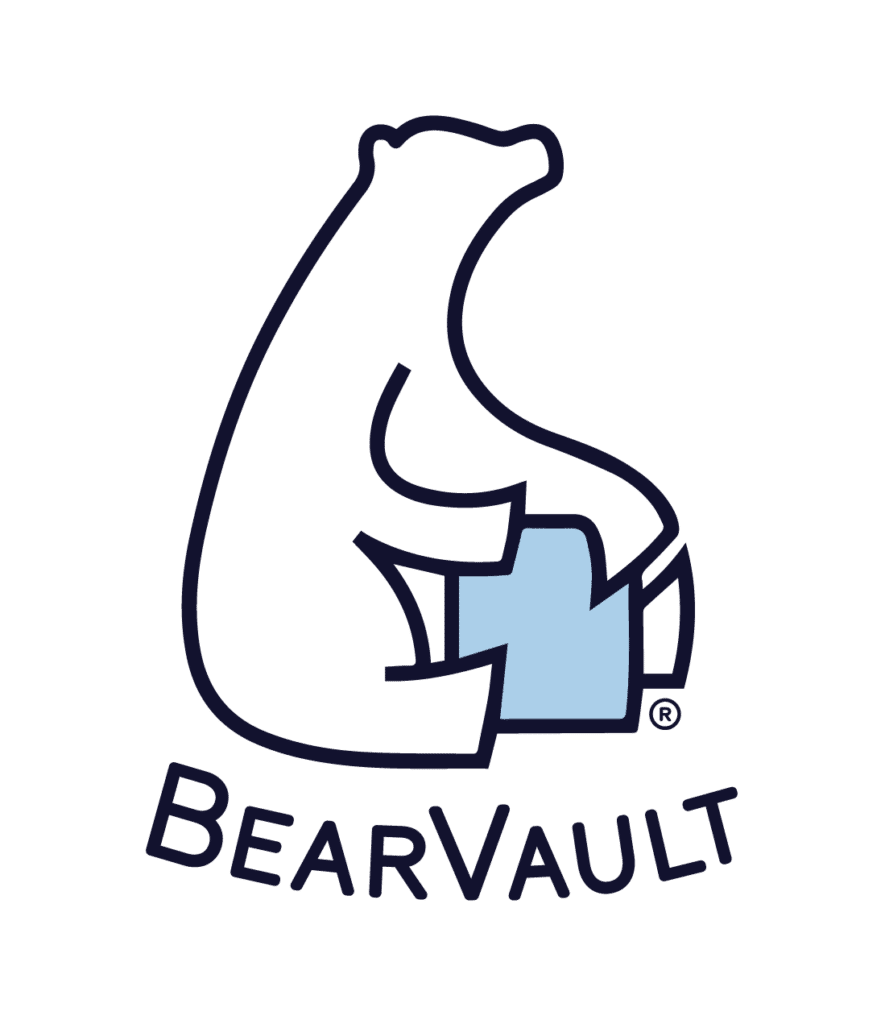Bears are natural foragers with a keenly evolved sense of smell. It allows them to find food more easily and save the energy of hunting, maintaining their majestic stature. A bear’s nose is notorious for sniffing out a meal from miles away.
So just how well can bears smell food or other fragrant items we humans might carry in the wilderness?
The Science Behind How Bears Smell So Well
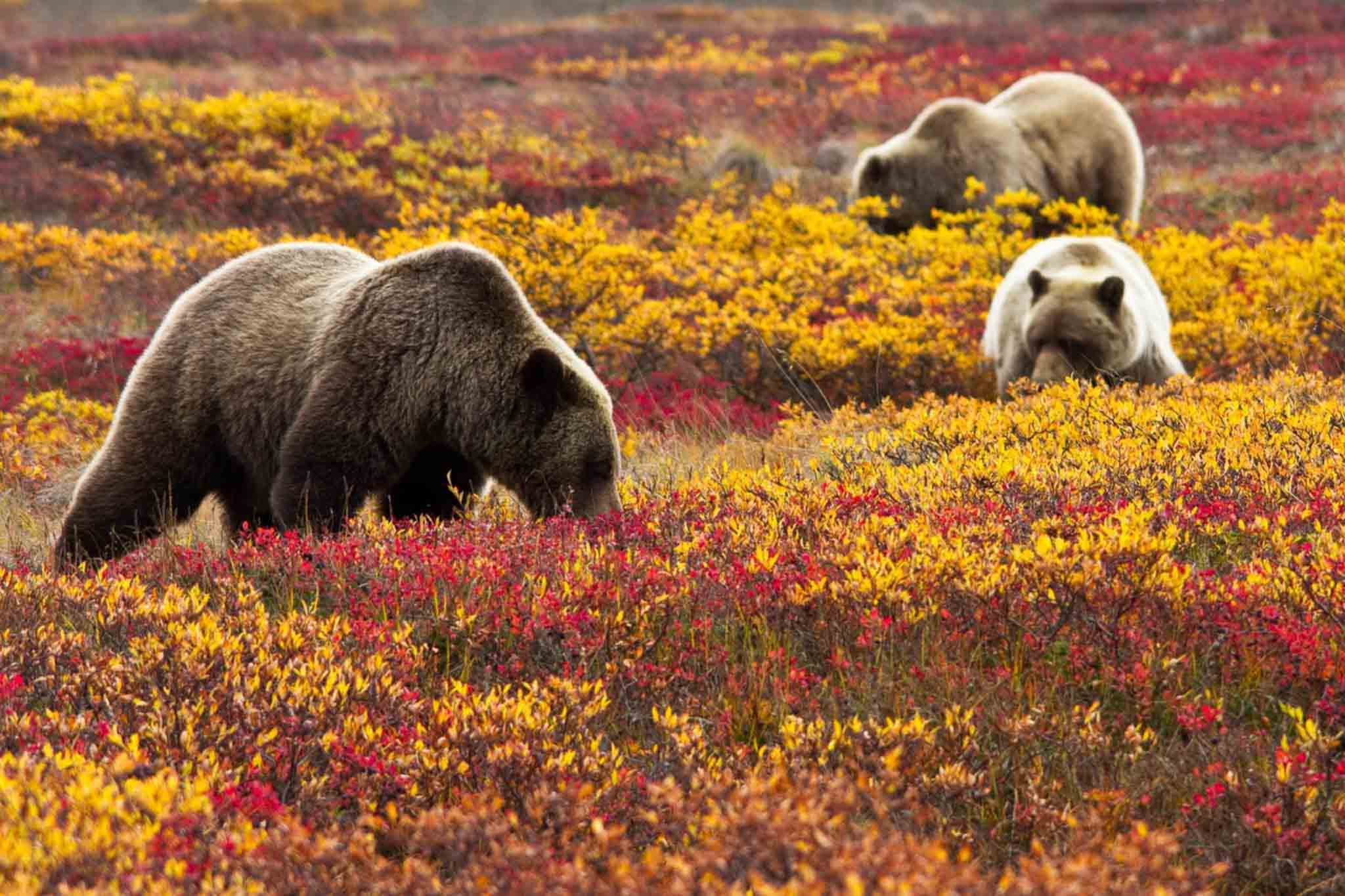
A bear’s sense of smell works the same way as a human’s, but on a much bigger scale. Bears’ incredible sense of smell comes from their olfactory bulb—the part of the brain responsible for interpreting scents and odors. A bear’s olfactory bulb is five times the size of a human’s.
“A bear’s sense of smell is tied to their excellent memory, which, together, is how they find food across their large home ranges,” Kim Annis, a Grizzly Bear Management Specialist with Montana Fish, Wildlife & Parks, tells us. “Bears can remember finding food in an area with their mother as a cub, and be able to walk right back to it 10 years later.”
A bear’s nasal cavity is also much larger than a human’s, and has a unique honeycomb structure lined with millions of scent receptors.
Wildlife biologist and bear expert Jennifer Fortin-Noreus at the US Fish and Wildlife Service Grizzly Bear Recovery Program in Montana has a great visual for comparing the noses of humans, dogs, and bears:
“The surface area inside the nose of a human is about the size of a postage stamp. In a dog’s nose it’s about the size of a sheet of printer paper, and the surface area of a bear’s nose is about the size of four sheets of printer paper.”
-Jennifer Fortin-Noreus USFWS
Imagine the smelling capacity of a nose the size of a postage stamp versus that of a nose as big as four sheets of paper! Bears have the sniff advantage without a shadow of a doubt.
With a nose-surface area that size, bears can smell seven times better than a bloodhound, but it’s difficult to measure exactly how far bears can smell. Bear experts don’t dispute that bears can smell up to several miles at least.
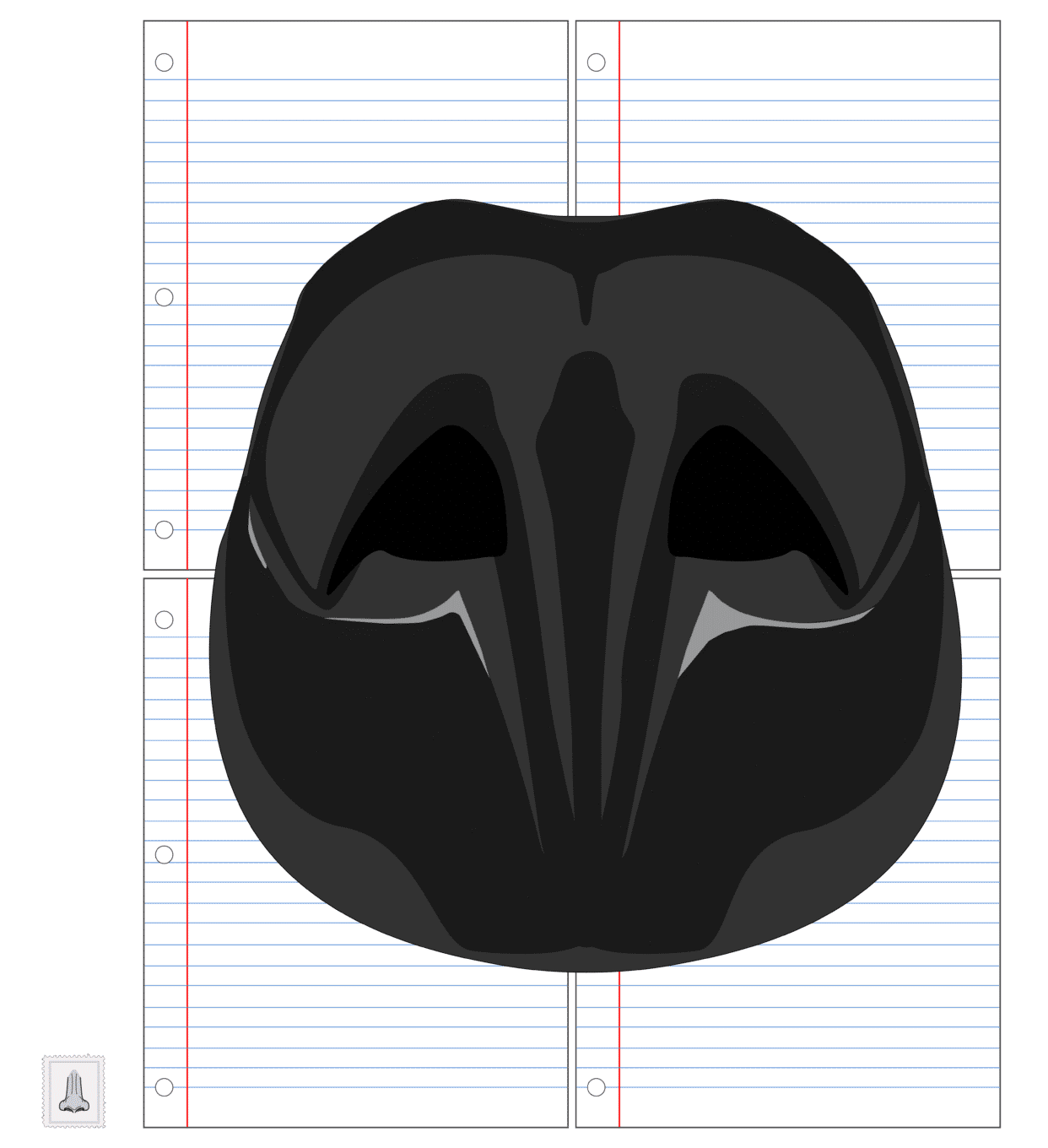
How Far Can Bears Smell?
It’s difficult to measure exactly how far bears can smell according to bear experts, and it hasn’t been tested scientifically. The most common estimate is that a bear can smell about seven times better than a bloodhound dog—several miles minimum.
Bears can potentially smell open food, sealed food, canned food, trash, and toiletries across great distances—especially if you’ve touched the outside of any of these containers with food on your hands. Grizzly Bear Management Specialist Kim Annis tells us that bears use scent more than any of their other senses to find food, mates, and to communicate with other bears.
The problem starts once bears encounter food and associate the opportunity for a meal with humans, they become food conditioned and the potential for a negative human-bear encounter increases.
Why Shouldn't Bears Have Human Food?
When bears figure out how to access delicious, high-calorie human food, they lose their desire to seek natural food sources. Spend the entire day roaming miles for berries, or raid a backcountry campsite come nighttime? Bears will choose the lowest effort option every time.
Bears have incredible memories, and once they encounter a food source they’re unlikely to forget about it. When that food source is associated with humans, it can become dangerous for both people and bears.
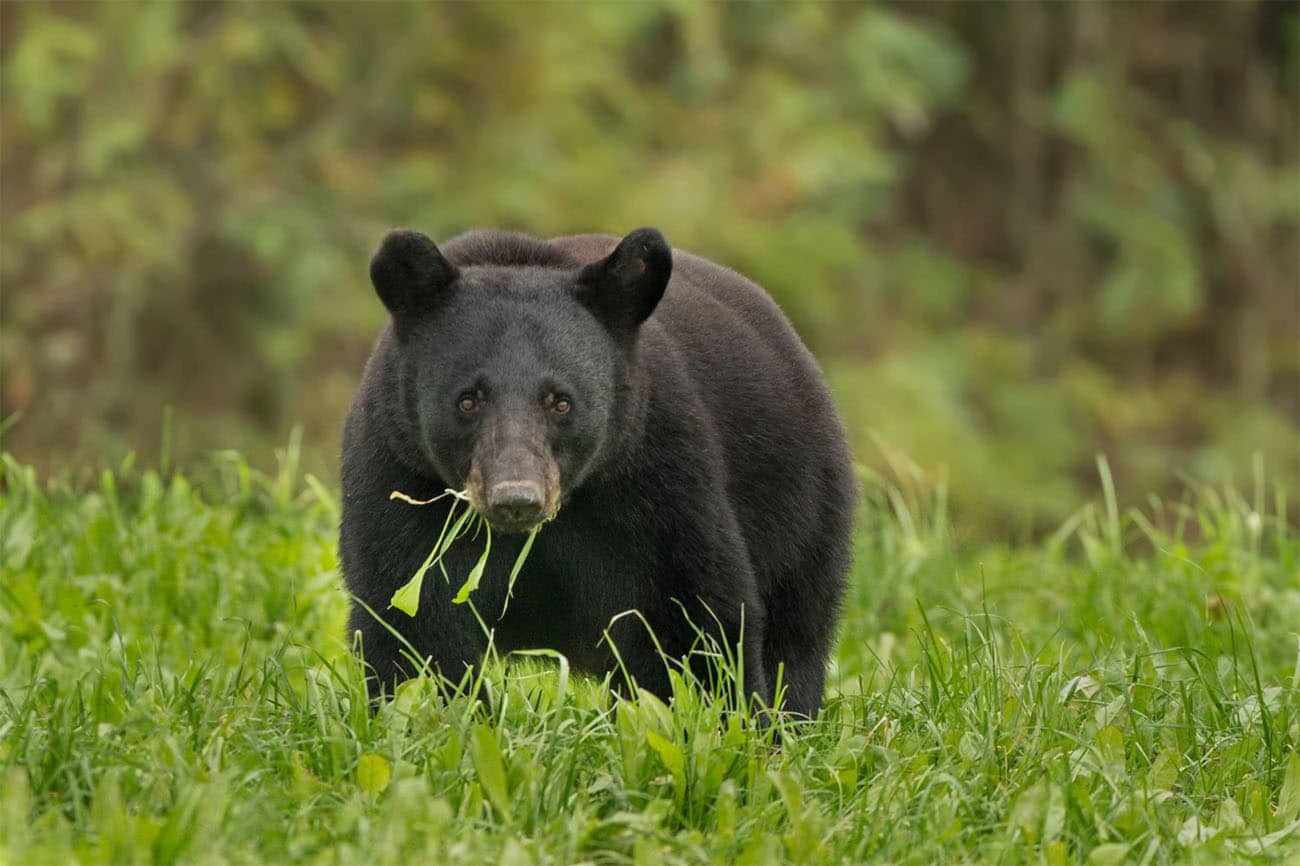
What Is Food Conditioning?
Once bears encounter food and continue to associate the opportunity for a meal with humans, they become food conditioned and the potential for a negative human-bear encounter increases.
When bears get access to human food, they don’t forget it, and will likely keep seeking it. They may stop seeking natural sources of food in their environment and once food conditioned to humans, become more aggressive in their attempts to seek food or anything that looks or smells like it could be a meal.
This can lead to more frequent negative encounters between bears and people, which can result in injury, or removal of the bear.
“Once a bear is conditioned to human food, there are few situations where bears can unlearn it,” Kim Annis tells us. “We often have to move bears, and often remove them from the population. Moving food conditioned bears is often unsuccessful. They tend to take what they know about humans and food and use it with a different person.”
The Difference Between Food Conditioning and Habituation
When a bear loses its immediate flight response to the presence of humans, it’s called habituation. It’s not always necessarily a bad thing, for example in Glacier National Park where bears may be used to seeing humans around and (hopefully) continue about their bear business, resulting in a safe, positive encounter for both the bear and humans.
“Habituation alone isn’t typically the problem and doesn’t always directly lead to a human-bear conflict,” Kim Annis says. “However, this only works when humans act in a way that bears can predict all the time.”
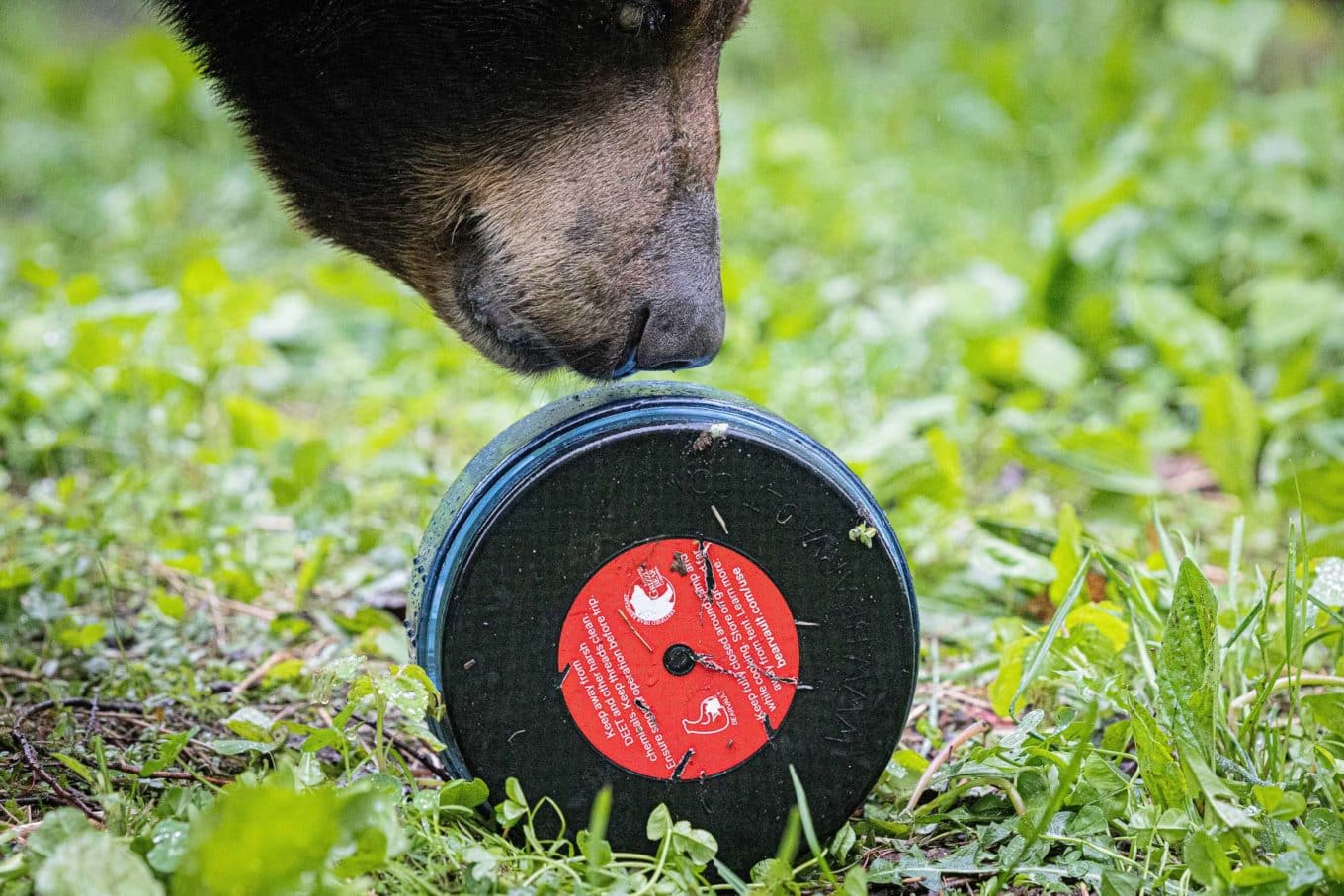
However, when food conditioning and habituation happen together, it results in a dangerous situation where a bear is comfortable around humans as well as intentionally seeks out human food. This is a safety threat to visitors and almost always ends in the bear losing its life.
Food safety in the outdoors isn’t just about keeping your rations for yourself, it’s also about reducing our impact as humans. It’s our job as people entering wildlife territory to be excellent guests, and care for the land and its creatures.
How Can I Safely Store Food from Bears?
Whether they get a whiff or not, bears are curious by nature. Never doubt that something you have might be worth investigating to them, especially if they’ve been successful getting food from humans before. If it even looks like food, they’re going to try it—and they probably won’t stop trying after that.
There aren’t a lot of ways to prevent bears from seeking food if that’s already their mission. Your priority is to keep them from getting your food if they are curious enough to come close—and to keep your dinner from becoming theirs!
Campsites with food lockers, hardside vehicle storage, or bear canisters, or food hangs are the safest ways to store food, trash, and toiletries in bear country. A bear canister is the best portable, hard-sided food locker for any type of terrain.
Safe food storage isn’t just about keeping your food safe from bears, it’s also about protecting bears from becoming dependent on human interactions for food. Food conditioned bears will stop seeking natural food sources if they can get it more easily from humans. Ultimately, as the adage goes, “a fed bear is a dead bear,” because food conditioned bears will almost always have to be euthanized.
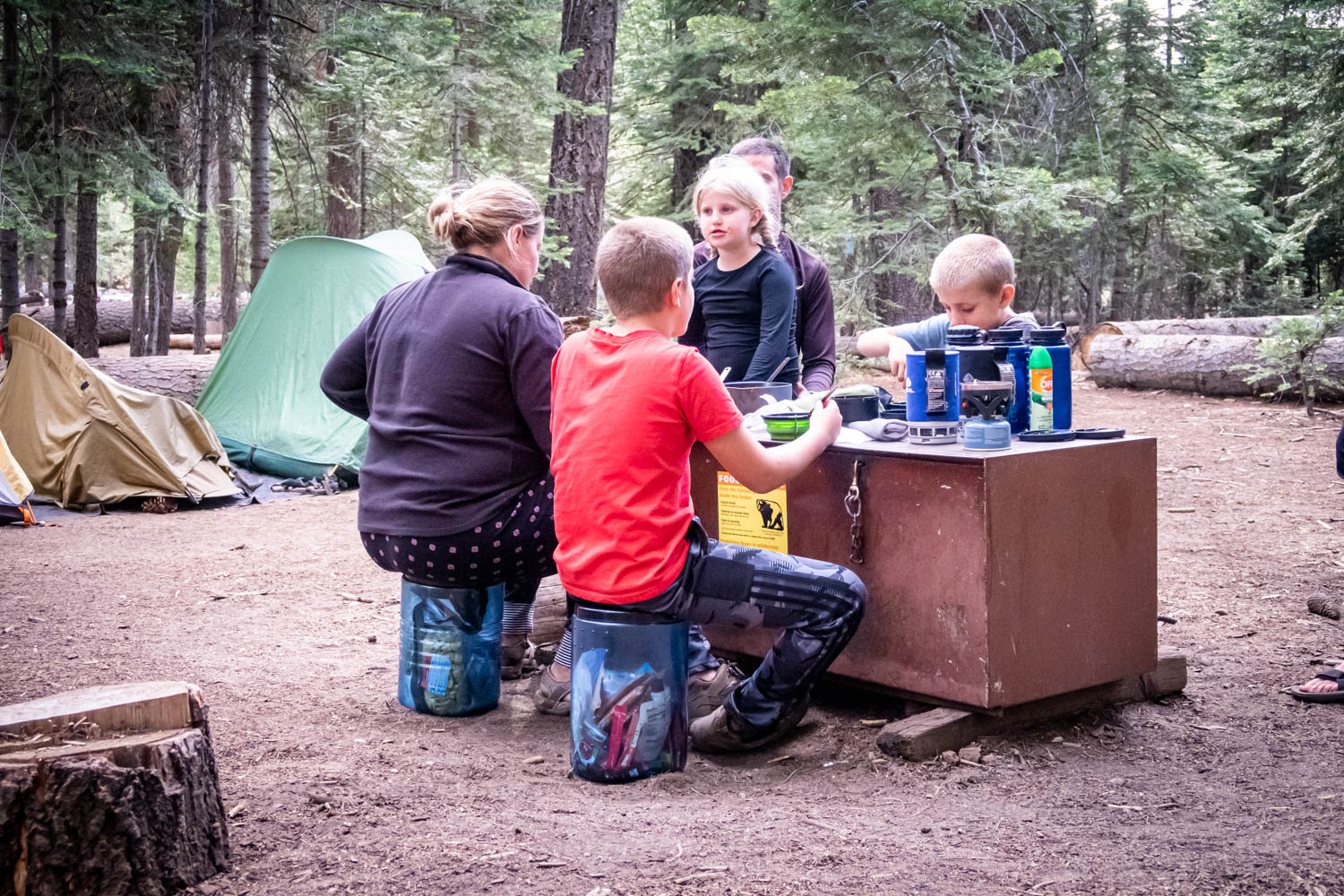
Anytime you venture into bear country, there’s the potential for an encounter and impact on their environment. It’s our responsibility as humans to be good stewards of the wilderness and the creatures who call it home everytime we enter it. The protection of the wild places we know and love relies on doing the right thing.
When Do I Need to Store My Food Outdoors?
Whether you’re out for a picnic in the local park or backpacking in remote wilderness with your favorite Mountain House meals in tow, food should be stored anytime you’re not actively cooking or eating.
Every park, national forest, and recreation area has their own set of rules when it comes to storing food securely. It’s your job to know the rules for the area you’re visiting, especially in bear country.
As a guest in the wilderness, you have no way of knowing the status of the bears you could potentially encounter. “Bears are curious creatures. Anything different or novel can be of interest,” says Jennifer Fortin-Noreus.
How to use a Bear Canister:
When in the backcountry, do your cooking, eating, and storing of food and scented items away from your campsite. When you have finished, stash any and all food or scented items in your bear canister and secure the locking lid. Keep your canister around 200 feet from your campsite. Store it somewhere behind rocks or bushes where it’s hidden from sight and away from water sources or steep hills that it could roll down. If there is a prevailing wind, store it downwind from your tent.
Avoid attaching rope or any other type of handle to your canister. Bears are smart and can use the handle to carry it right off with them.
If a bear does get a hold of your canister, it will be a much bigger challenge for the bear to get anything satisfying from it. Without any reward, the bear will likely leave it and move on.

Store These Items In a Bear Canister:
Bears can smell scented particles in the air from miles away. This includes food, trash, human waste, and toiletries like soap and toothpaste. To a hungry bear, it all smells like it might be something to eat.
“All food items, toiletries, even chapstick should be stored out of your tent or away from wherever you’re sleeping.” – Wildlife Biologist Jennifer Fortin-Noreus
- Foods and drinks, sealed or unsealed
- Toiletries like toothpaste, deodorant, lotions, perfumes, or soaps and conditioners
- First aid medications, salves, and other hygiene items such as menstrual products
- Pet food, treats, and waste
- Trash and food scraps
- Dishes or cooking items, if space allows
It’s always worth the time to take full precautions to keep yourself and wildlife safe. While part of that includes protecting yourself, it also means keeping bears and other animals from becoming conditioned to human food. When we work to protect these animals, they stay wild and continue to be part of the magic that makes the great outdoors.
Can Bears Smell Food in A Bear Canister?
The short answer is yes, bears still may be able to smell food in your canister. Food storage safety isn’t based on tricking a bear’s nose—they can potentially smell just about anything.
A bear canister’s purpose is to safely store your food and protect it from being eaten or destroyed, and also to protect bears from getting access to it, and becoming conditioned to human food.
Jennifer Fortin-Noreus says, “If you can break the first link [of food conditioning], you can avoid encounters like those you hear about in Yosemite where food-conditioned bears try to break into vehicles.”
Though they aren’t completely smell-proof, bear canisters are still the best way to safely store food and other items in bear country. The hard-sided container and screw-on, locking lid keep bears from getting into any scented items and developing a taste for human food.
“If people recognize bears’ intelligence and ability to learn, and recognize that if we behave in a responsible manner, bears stay wild.”
-Jennifer Fortin-Noreus USFWS

Can Bears Smell Sealed Food?
Bears have an amazing sense of smell and can potentially smell sealed or canned food, especially if you’ve touched the outside of sealed containers with food on your hands.
While they probably have less of a scent than a fresh pound of bacon, bears can also potentially smell dehydrated food or MREs. This includes vacuum-packed entrees and freeze-dried meals like Mountain House, Peak Refuel, or Backpacker’s Pantry.
“You don’t know whether you’re the first person or the 20th person to encounter that bear,” says Kim Annis, Grizzly Bear Management Specialist with Montana Fish, Wildlife, & Parks. In the same sense, there’s no way to know whether a bear has been food conditioned to humans.
“Bears that nobody has ever seen before get something out of a cooler in a campground once, and now the same bear spends the entire week raiding the campground.”
– Kim Annis
Are There Any Foods Bears Can’t Smell?
When it comes to smells, bears become bionic. They can smell food and other fragrances from distances beyond the human imagination, and food particles that are far too small for a human eye to see. They can these smell food particles and other scented items like toothpaste from miles away, and their curious nature keeps them on the move for sustenance.
It might seem obvious that open food left unattended or out overnight is an invitation to animals, but when it comes to creatures with as keen a sense of smell as bears, even sealed food items like dehydrated meals or freeze-dried food can carry a scent.
While some research has been done on what smells might deter bears, there aren’t any foods, scents, or sprays that a bear definitively can’t smell or that will actually deter a bear.
Bear spray isn’t bearproofing spray and doesn’t deter bears either, but it can really burn your eyes if used incorrectly. Bear spray is meant to be a defensive tool like pepper spray, and should only be used if you’re facing a dangerous bear encounter.
“You cannot successfully hide food scents from bears. You can, however, secure all items with a scent in a way that they cannot eat what they smell,” says Kim Annis.
Take No Chances When it Comes to Bear Safety
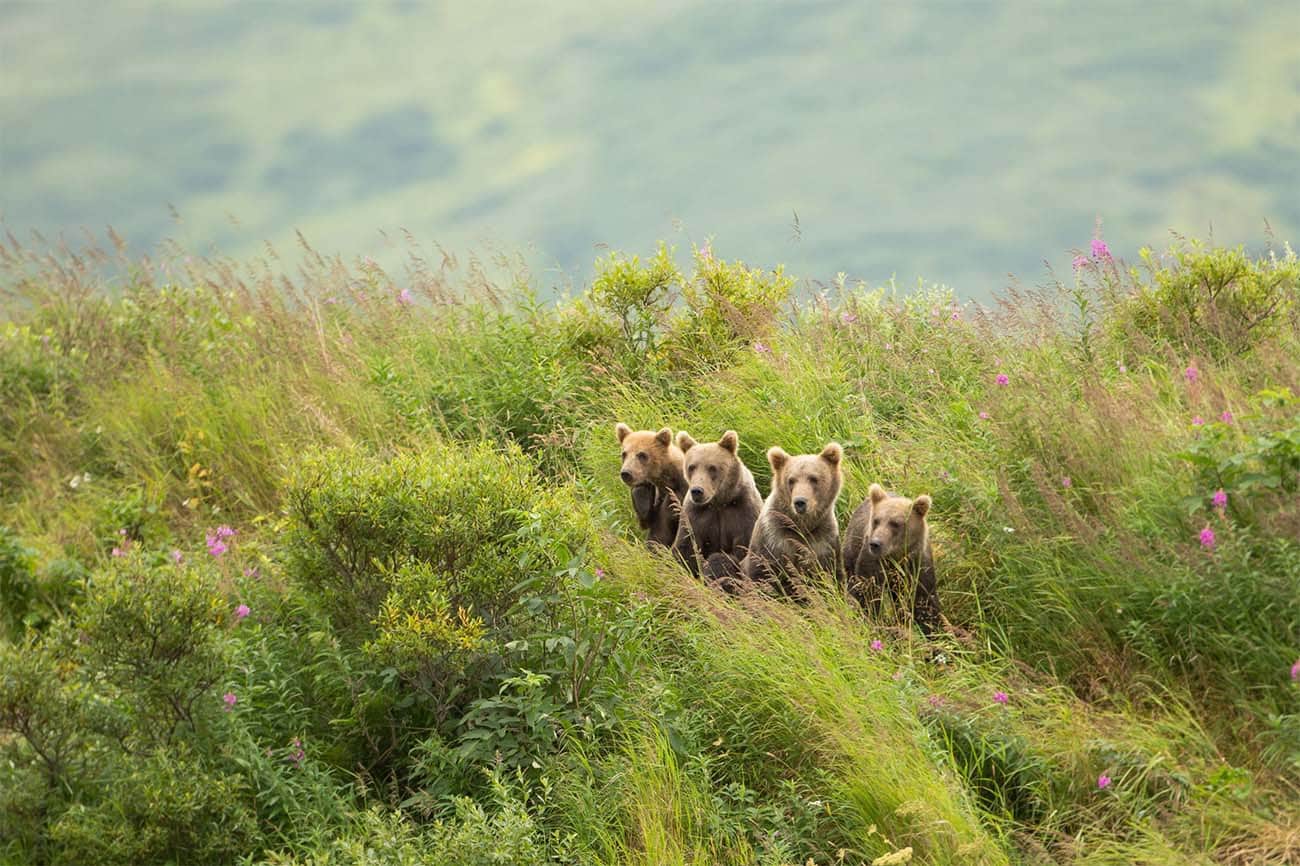
How well bears can smell is “bearly” up for debate. When entering their territory, a bear nose isn’t something we humans want to challenge.
Always assume that bears can be present in the backcountry and take proper precautions when it comes to food and other scented items. Taking steps to avoid a negative bear encounter is by far easier than actually having one, and will keep both people and animals sharing wild spaces safe.

Guest Author:
April Brightman with 2023 Updates from BearVault
freelance writer and digital nomad on a mission to spend as much time exploring as possible. An outdoor enthusiast with a passion for travel and adventure, she loves camping, road trips, national parks, off-roading, and hiking New England’s highest peaks with her dog.

